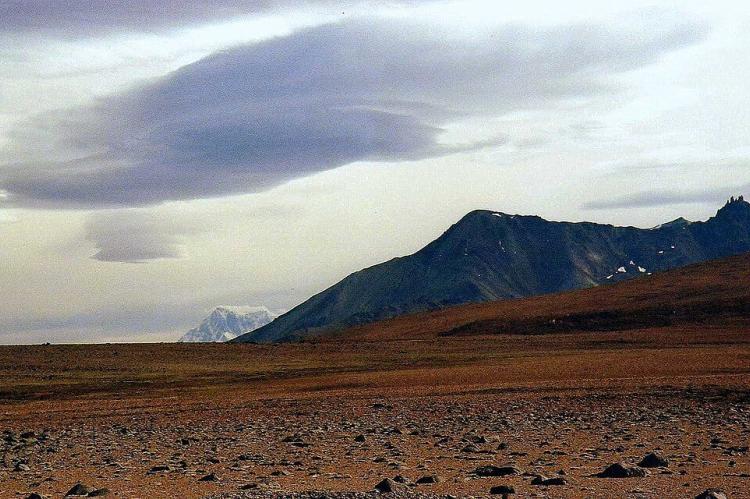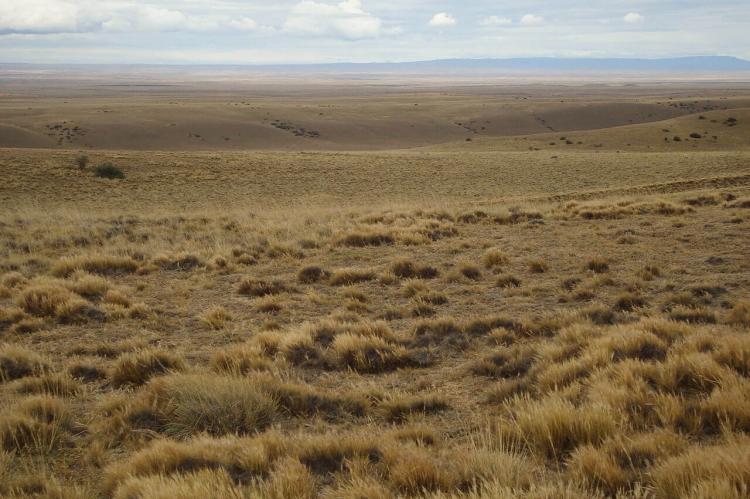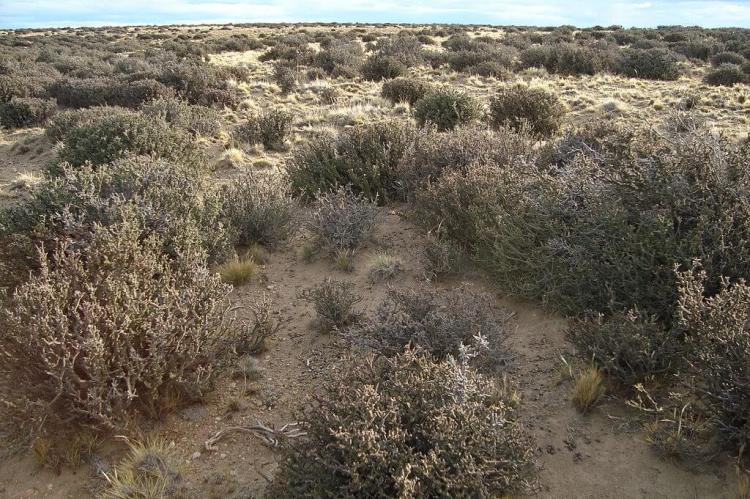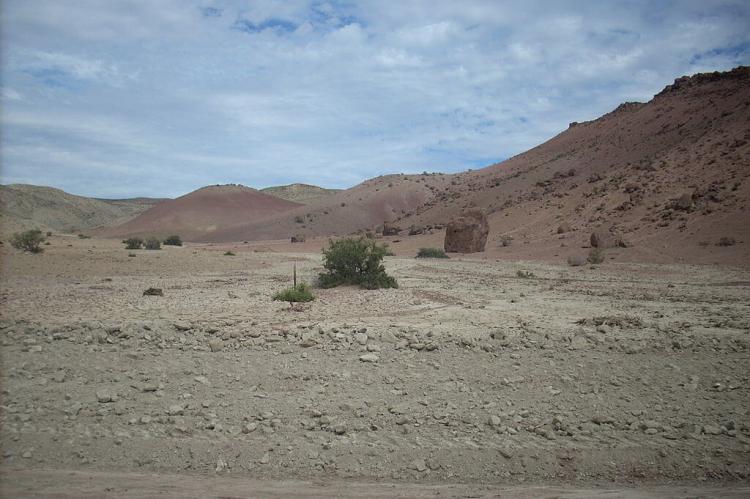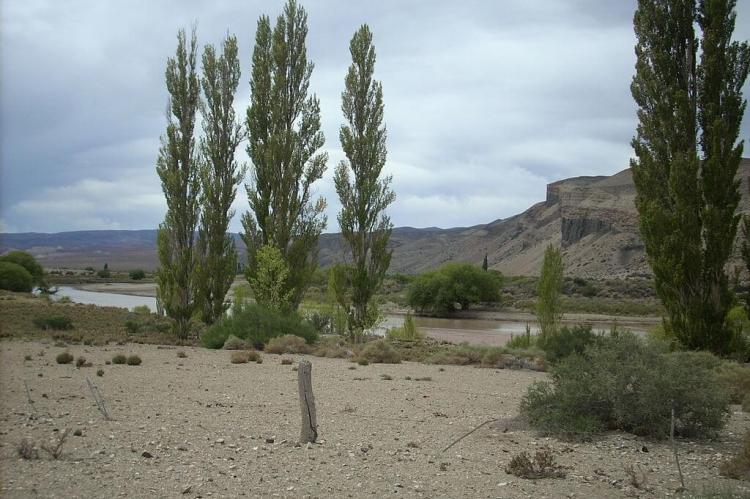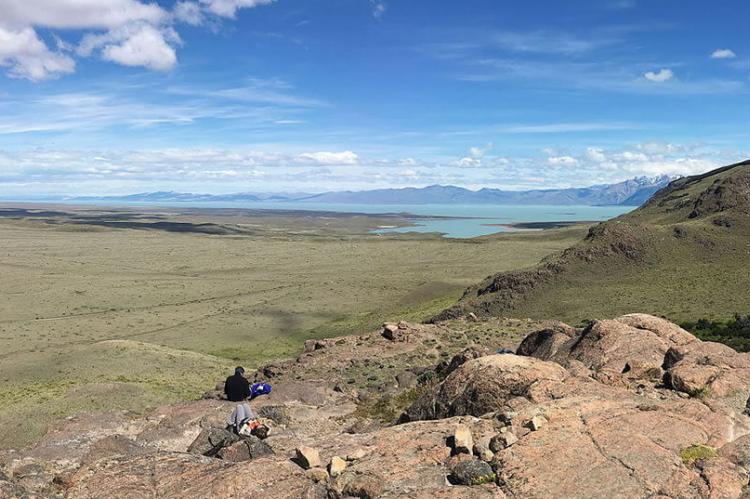The Patagonian Desert: Navigating the Enchanting Magellanic Steppe
The Magellanic Steppe is a distinctive biome within the broader Patagonian Desert, characterized by its unique vegetation and landscape features. This steppe is a significant component of the arid Patagonian ecosystem, stretching across southern Argentina and Chile.
The Patagonian Desert: Navigating the Enchanting Magellanic Steppe
The Patagonian Desert is a captivating region nestled in the southern reaches of Argentina and Chile. This arid landscape has a rich history and diverse geography, spanning vast expanses defined by the Andes Mountains to the west and the Atlantic Ocean to the east. It is home to a myriad of resilient flora and fauna.
Boundaries and Geography
The Patagonian Desert unfolds over southern Argentina and Chile, stretching from the Chilean and Argentine Andes to the Atlantic Ocean. The Colorado River demarcates its northern limits, while the Strait of Magellan marks its southern boundary. This extensive area encompasses low plateaus, steppe regions, and gentle mountain slopes, creating a topographically diverse and visually stunning landscape.
Historical Significance
The history of the Patagonian Desert is woven with the stories of indigenous peoples who thrived in harmony with its challenging conditions. European explorers like Magellan and Drake left their mark, and the region later became a focal point for sheep farming. This historical interplay has shaped the land, influencing its natural features and human settlements.
Topography and Climate
From expansive steppes to low mountain ranges, the topography of the Patagonian Desert offers a visual feast. The region experiences a cold desert climate, marked by low annual precipitation between 150 and 250 mm (6 and 10 inches). The persistent winds contribute to the arid conditions, creating an environment uniquely adapted to climate challenges.
Flora and Fauna Biodiversity
Contrary to its arid nature, the Patagonian Desert supports a surprising variety of life. Hardy shrubs, grasses, and xerophytic plants have evolved to thrive in challenging conditions. Iconic fauna such as guanacos, rheas, maras, and the majestic Andean condor call this region home. Diverse bird species, reptiles, and small mammals contribute to the rich biodiversity, showcasing the adaptability of life in the desert.
Protection Status and Conservation Challenges
Efforts to preserve the Patagonian Desert's unique ecosystems have led to the establishment of protected areas. However, the region faces formidable conservation challenges, including overgrazing, deforestation, and agricultural expansion. Climate change compounds these challenges, posing a threat to the delicate balance of the desert's intricate ecological web.
Protected Areas
Monte León National Park (Argentina): A sanctuary preserving the coastal biodiversity of the region.
Patagonia National Park (Chile): Comprising diverse ecosystems, it is vital in protecting the region's wildlife.
Torres del Paine National Park (Chile): Known for its stunning landscapes and diverse flora and fauna.
Perito Moreno National Park (Argentina): Home to the iconic Perito Moreno Glacier and diverse ecosystems.
Los Glaciares National Park (Argentina): A UNESCO World Heritage site protecting the Southern Patagonian Ice Field.
Magellanic Steppe
The Magellanic Steppe is a distinctive biome within the broader Patagonian Desert, characterized by its unique vegetation and landscape features. It is named after the famous explorer Ferdinand Magellan, who navigated the region during the early 16th century. This steppe is a significant component of the arid Patagonian ecosystem, stretching across southern Argentina and Chile.
Characteristics of the Magellanic Steppe
Vegetation: The Magellanic Steppe is marked by a mosaic of vegetation adapted to the Patagonian Desert's arid conditions. It features hardy shrubs, grasses, and xerophytic plants that have evolved to thrive in the challenging environment where water is scarce.
Landscape: The landscape of the Magellanic Steppe is characterized by vast, open expanses with low plateaus and gentle slopes. The terrain is often covered in low-lying vegetation, creating a visually striking scenery.
Biodiversity: Despite the arid nature of the Magellanic Steppe, it supports a surprising variety of wildlife. Guanacos, rheas, and maras are well-adapted to the steppe environment. Additionally, diverse bird species, reptiles, and small mammals contribute to the region's biodiversity.
Climate: The steppe experiences the cold desert climate typical of the Patagonian Desert, with low annual precipitation ranging between 150 and 250 mm (6 to 10 inches). The climate and persistent winds create an environment that demands specialized adaptations from the flora and fauna.
Conservation Challenges: Like the broader Patagonian Desert, the Magellanic Steppe faces conservation challenges, including overgrazing, deforestation, and expanding agricultural activities. These factors and the overarching threat of climate change pose risks to the delicate balance of the steppe's ecosystems.
Cultural Significance: The Magellanic Steppe holds cultural significance as it preserves the history of indigenous peoples and the explorations of early European navigators. The steppe became a focal point for sheep farming, contributing to the region's historical and economic development.
Understanding the Magellanic Steppe is essential for appreciating the complexities of the broader Patagonian Desert ecosystem. Its unique features contribute to life's diversity and resilience in this arid yet captivating region. Conservation efforts to preserve the Magellanic Steppe are crucial for maintaining the ecological balance of the Patagonian Desert.
Conclusion
From its vast expanses and diverse topography to the resilience of its flora and fauna, this region stands as a testament to life's adaptability in challenging environments. However, it faces immediate conservation challenges, highlighting the need for informed efforts to ensure the continued survival of its remarkable ecosystems. With its wonders and vulnerabilities, the Patagonian Desert beckons us to appreciate and actively contribute to its preservation for future generations.

Map depicting the location of the Patagonian steppe (in purple).
